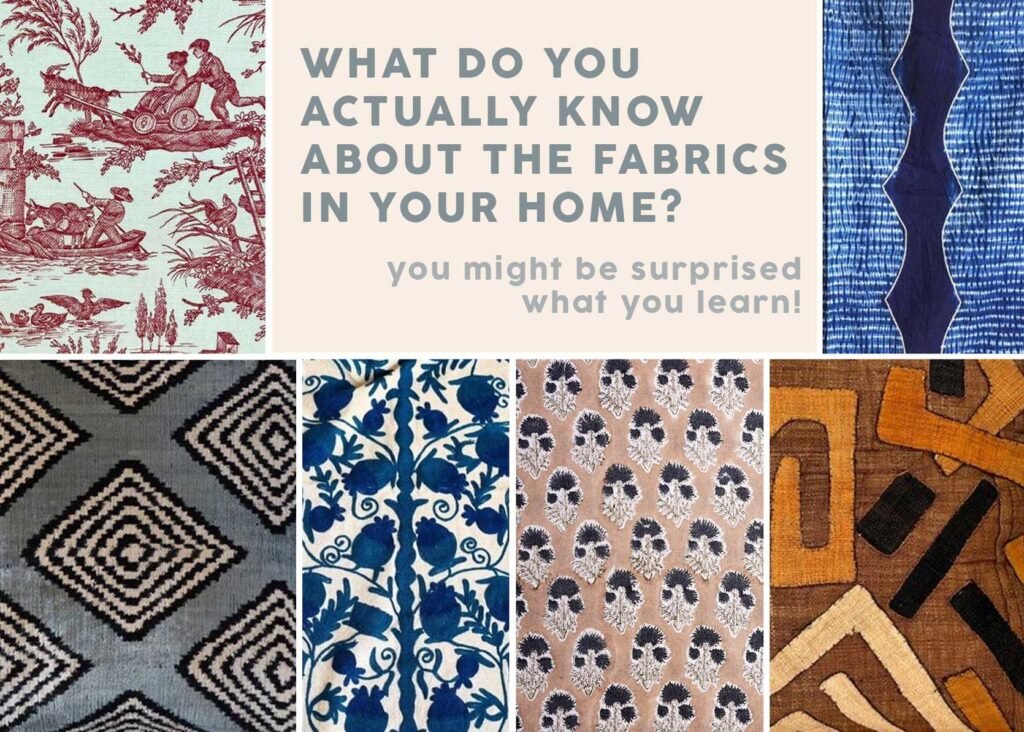Many of us may not know much about the products we bring into our homes. Often, we are drawn to things for various reasons – their appearance, texture, cost, or functionality. But what if we viewed the items in our homes as companions we live with, rather than just objects taking up space? What if we took the time to learn about them, to understand their stories and origins? What if we asked questions like, “Who are you? What experiences have you had before me? What makes you special?”
While I’m not suggesting we have conversations with our throw pillows, it can be enriching to discover more about the things we surround ourselves with. For example, do you know the story behind the print on that pillow you find visually appealing? Some designs are simply creations of artists or companies, but many others have deep cultural origins that are worth exploring.
Take, for instance, the suzani print on your bedspread. Did you know that the name “suzani” comes from the Persian word for “needle” (suzan), reflecting the intricate embroidery work traditionally done on this fabric? Suzanis were often created as part of a bride’s dowry, with each embroidered motif carrying symbolic meanings such as prosperity, health, and fertility. These textiles offer a glimpse into the lives of the women who meticulously crafted them, embodying a shared heritage of resilience, craftsmanship, and community.
Suzani
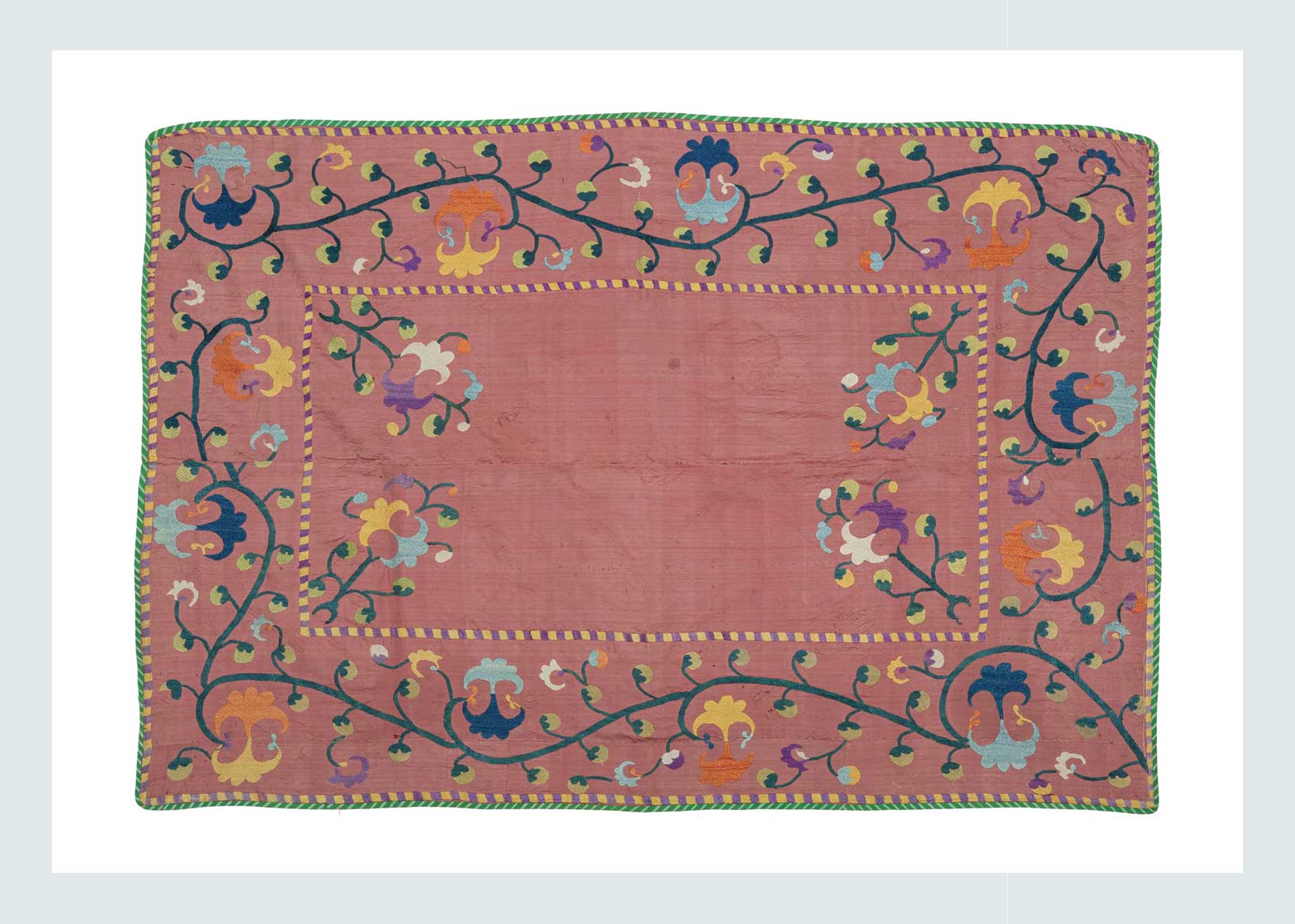
Origin Story: Suzani textiles emerged from the nomadic cultures of Central Asia, particularly modern-day Uzbekistan, Tajikistan, and Kazakhstan. The intricate embroidery work was a form of identity and artistry for these communities. Suzanis date back to the 18th and 19th centuries, with some suggesting an even earlier origin in the 15th century.
Why It’s Special: The collaborative creation of suzanis, involving the bride, her family, and her inner circle, adds a layer of cultural significance to these textiles. The motifs and symbols embroidered on suzanis carry meanings of prosperity, health, and cultural beliefs. Each suzani tells a story of the women who stitched it, reflecting a heritage of craftsmanship and community.
Picks We Love:
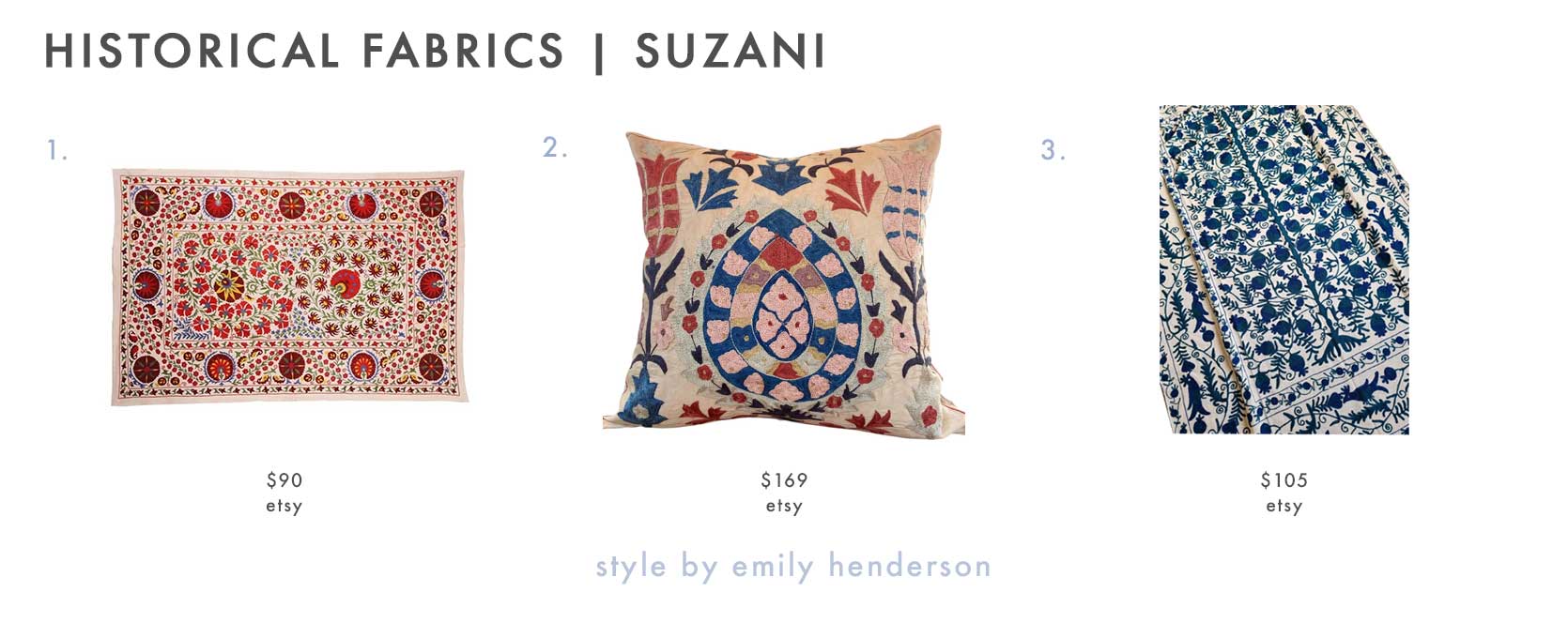
1. Cotton Uzbek Suzani Embroidery Bedspread | 2. Pure Silk Suzani Tulip Design Pillow | 3. Royal Blue Floral Suzani Bedspread
Ikat
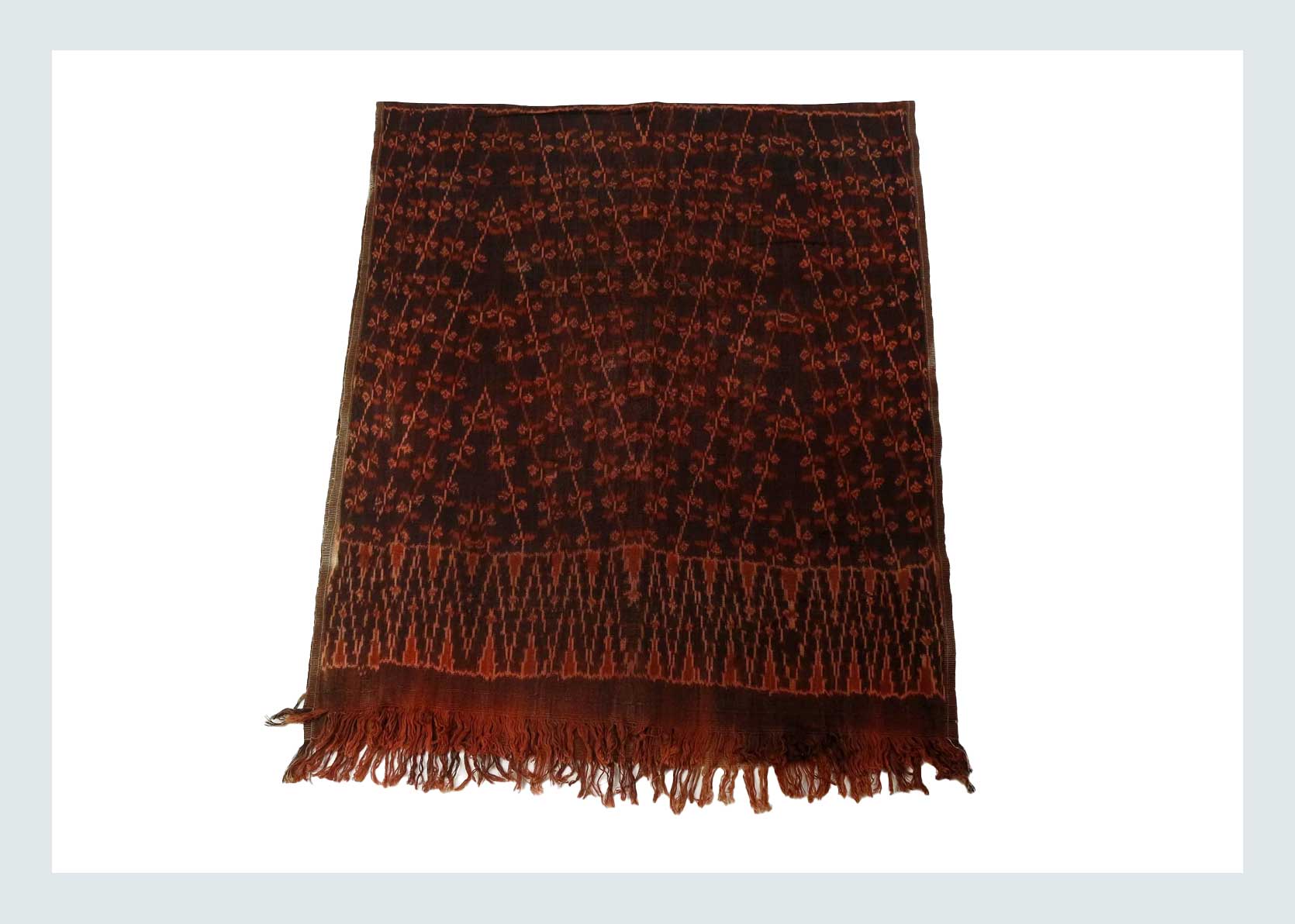
Origin Story: Ikat, a blurred print originating in Southeast Asia nearly 5,000 years ago, is most closely associated with Indonesia. The dyeing and weaving techniques of ikat spread across regions like India, Africa, and central Asia through ancient trade routes.
Why It’s Special: What sets ikat apart is its unique dyeing process, where yarn is bound and dyed before being woven to create patterns. Double ikat, considered one of the most intricate weaving forms, involves dyeing both the warp and weft threads before weaving them together. This labor-intensive process can take artisans over a year to produce a single fabric run.
Picks We Love:
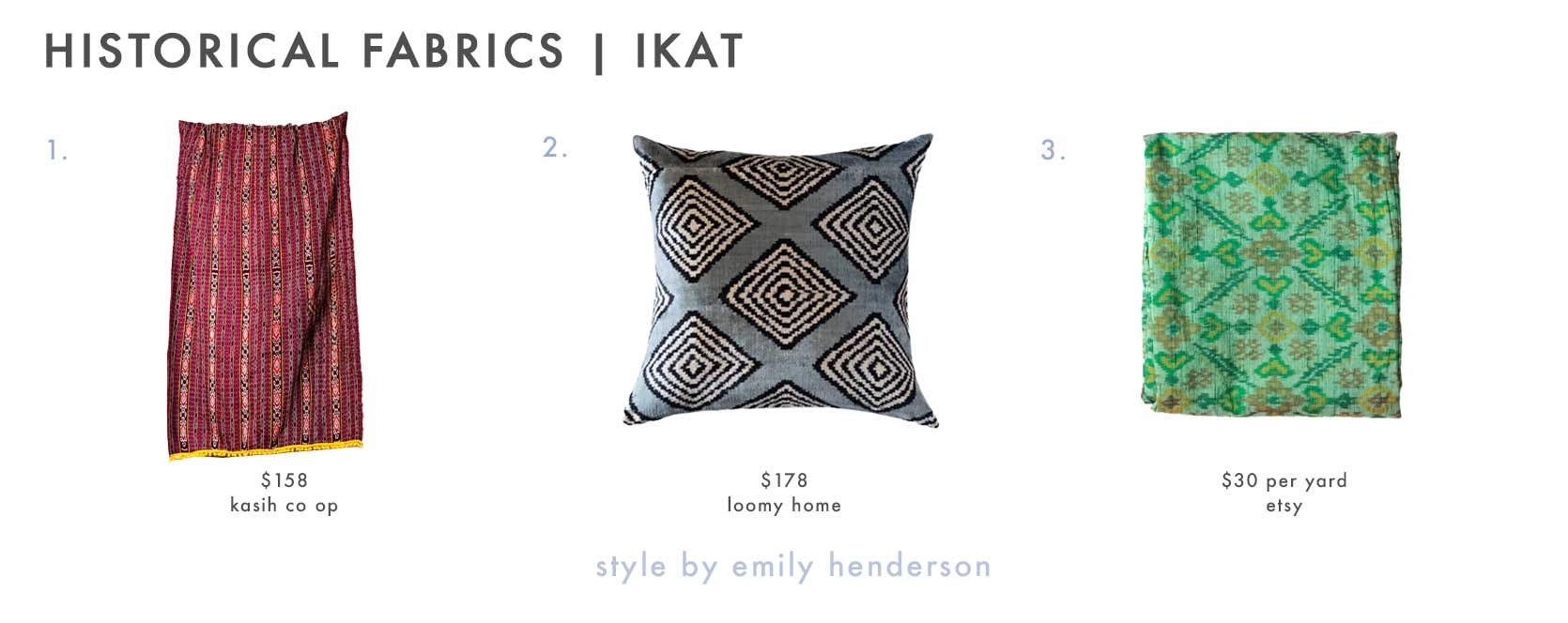
1. Indonesian Ikat Blanket | 2. Yuna Silk Ikat Pillow | 3. Ikat Pure Dupion Silk Handwoven Fabric Yardage
Batik
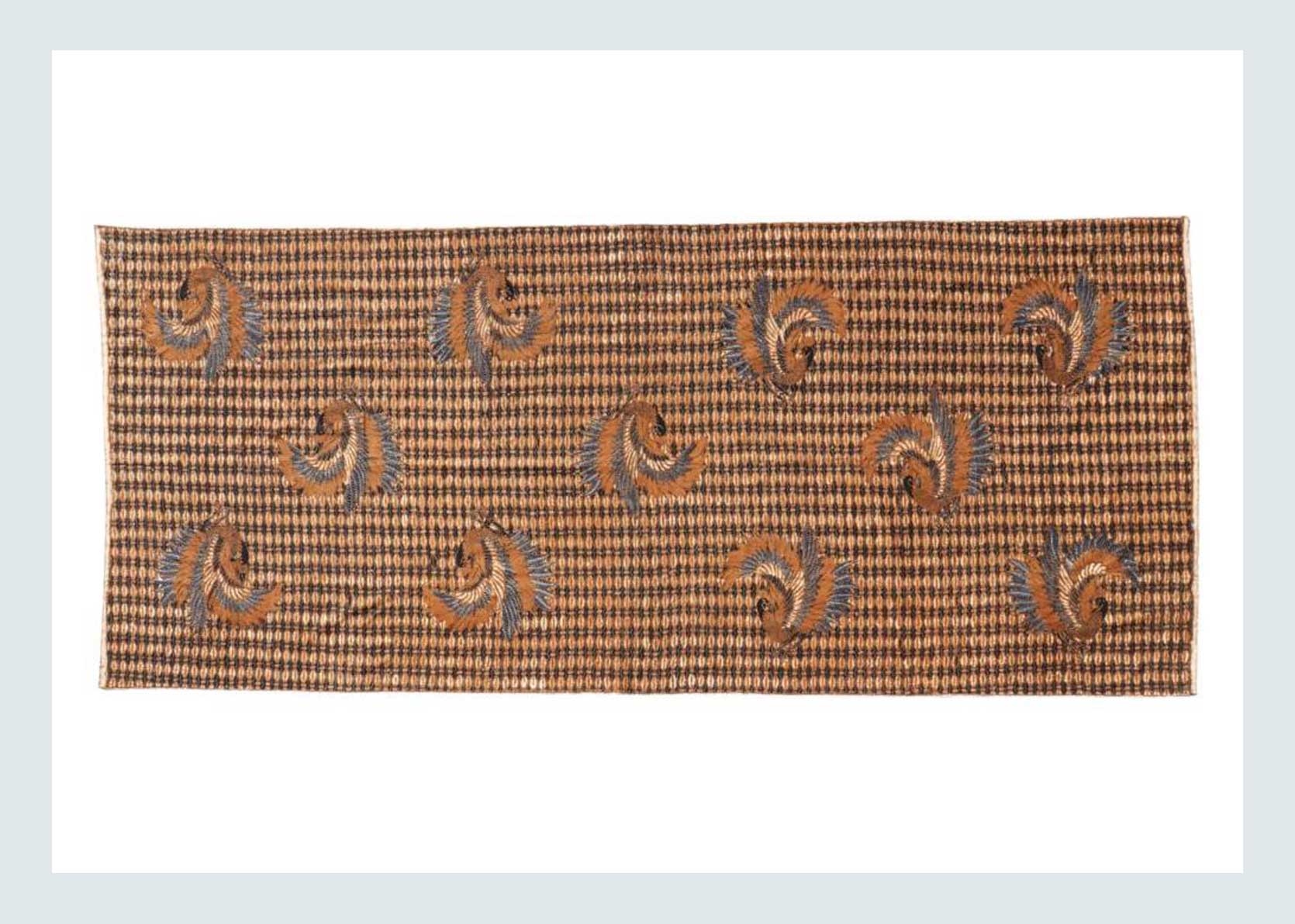
Origin Story: The technique of batik textile dyeing originated over 2,000 years ago on the Indonesian island of Java. The intricate patterns are created by applying wax to the fabric using tools like the canting, then dyeing the cloth. The wax resists the dye, creating beautiful designs.
Why It’s Special: Batik is a labor-intensive process that involves multiple steps, from stretching the fabric to applying wax and dyeing it. Different regions have their own styles of batik, each reflecting the unique cultural norms and aesthetics of the area. The craft has been adopted and adapted by various cultures, adding layers of meaning and identity to the textiles.
Picks We Love:
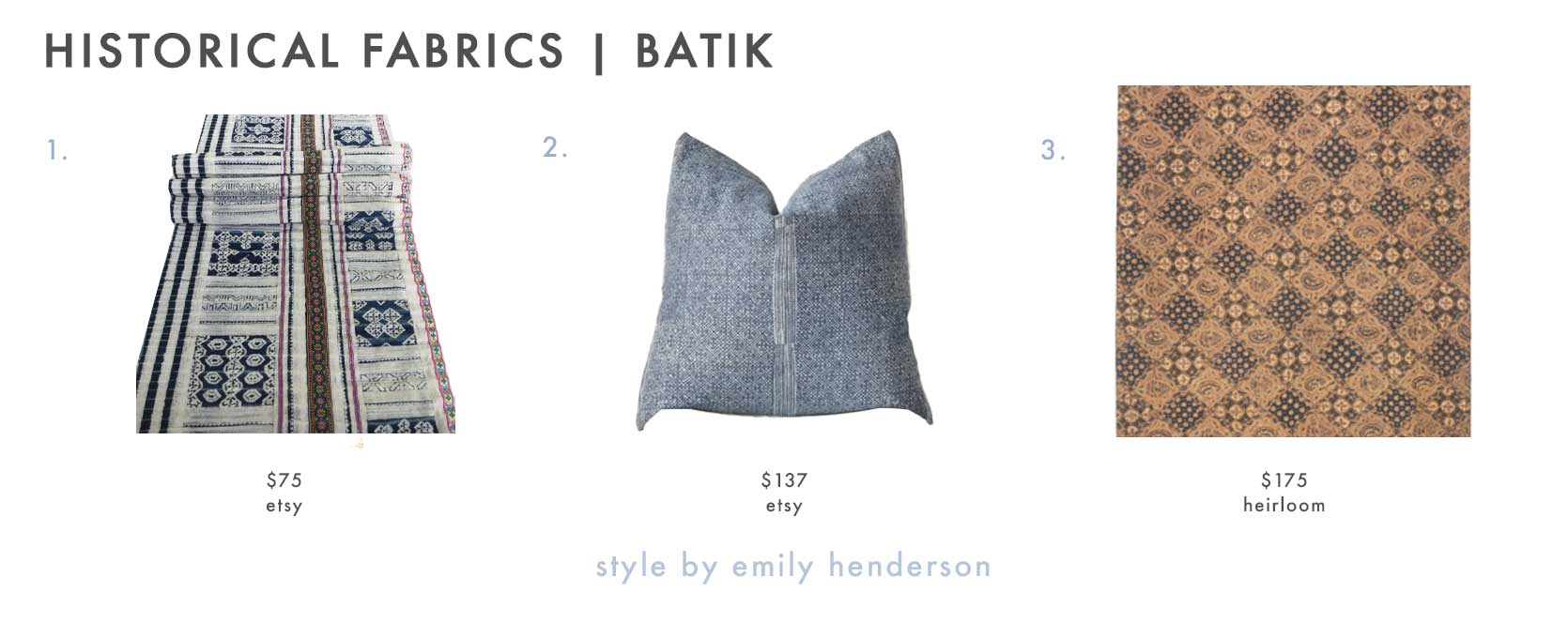
1. 2.30 Meters Long Hmong Cotton Indigo Batik Fabric | 2. Vintage Hmong Batik Blue Gray Indigo Pillow Cover | 3. Vintage Sogan Batik – 3’5 x 7’10
Blockprint
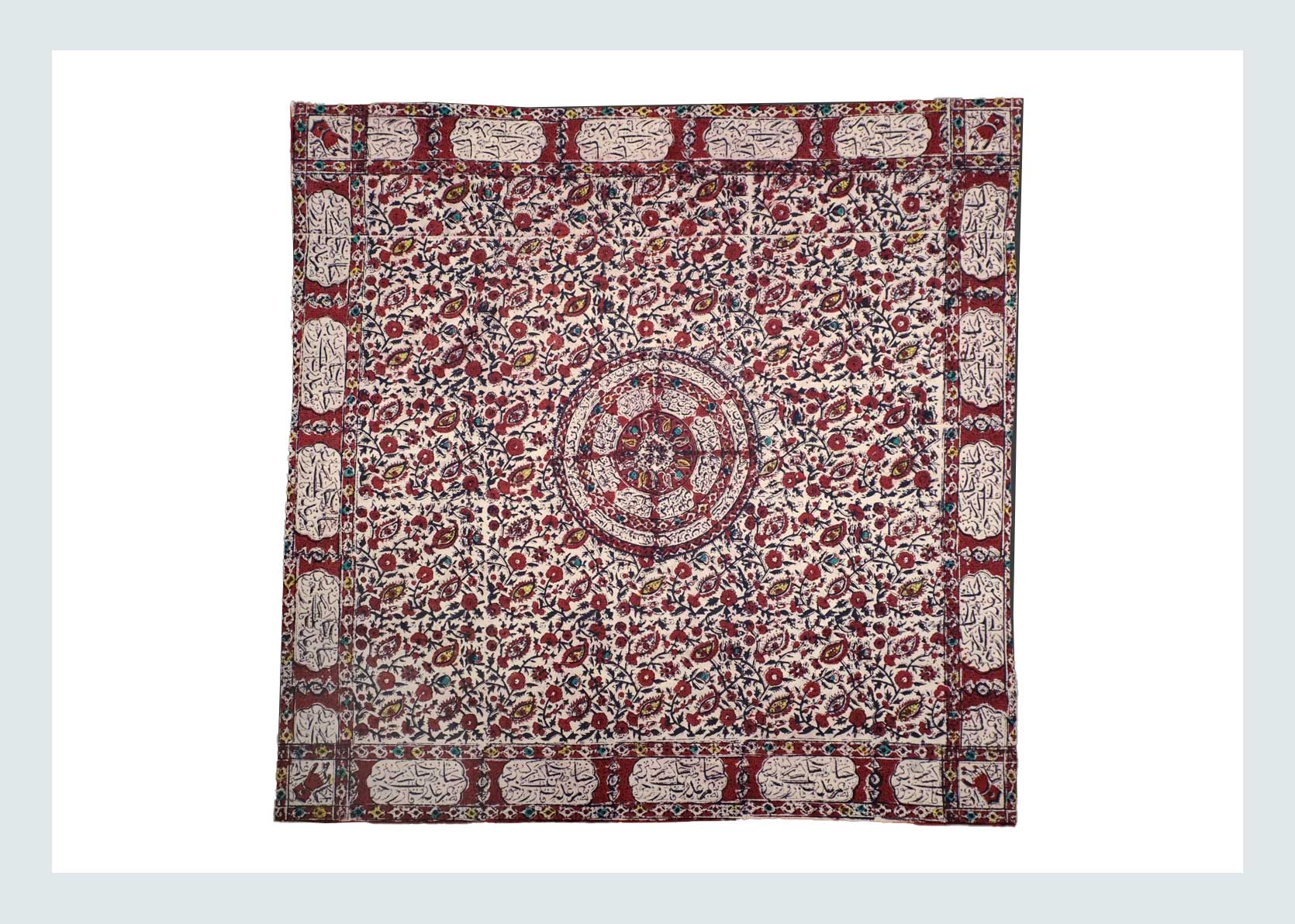
Origin Story: Block printing, one of the oldest fabric decoration methods, dates back over 2,000 years. Indian artisans were among the pioneers of block printing, using carved motifs on wood blocks to create intricate designs on cotton fabrics.
Why It’s Special: Block printing is a meticulous craft that involves carving intricate designs on blocks and then layering multiple colors onto the fabric by hand. Each color and design element requires a separate block, making the process time-consuming and precise. The result is a beautifully patterned fabric that tells a story of craftsmanship and history.
Picks We Love:
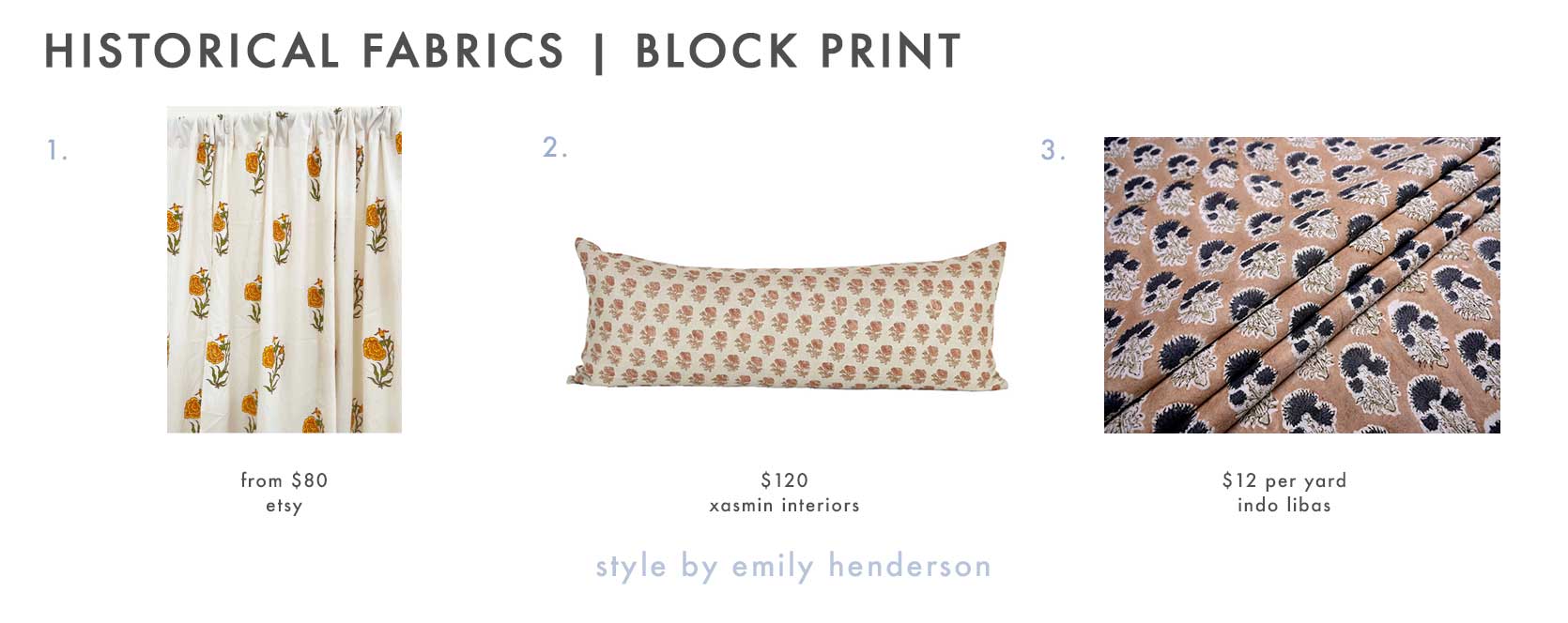
1. Bedspreads Curtains Deal Fabric Patterns Pillows Real Shop Throw

